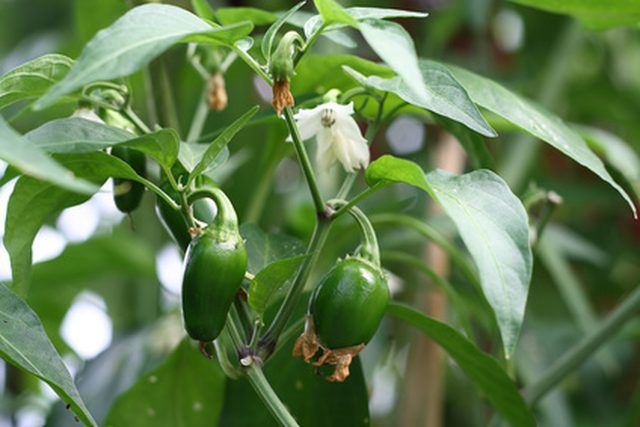Bulbs
Flower Basics
Flower Beds & Specialty Gardens
Flower Garden
Garden Furniture
Garden Gnomes
Garden Seeds
Garden Sheds
Garden Statues
Garden Tools & Supplies
Gardening Basics
Green & Organic
Groundcovers & Vines
Growing Annuals
Growing Basil
Growing Beans
Growing Berries
Growing Blueberries
Growing Cactus
Growing Corn
Growing Cotton
Growing Edibles
Growing Flowers
Growing Garlic
Growing Grapes
Growing Grass
Growing Herbs
Growing Jasmine
Growing Mint
Growing Mushrooms
Orchids
Growing Peanuts
Growing Perennials
Growing Plants
Growing Rosemary
Growing Roses
Growing Strawberries
Growing Sunflowers
Growing Thyme
Growing Tomatoes
Growing Tulips
Growing Vegetables
Herb Basics
Herb Garden
Indoor Growing
Landscaping Basics
Landscaping Patios
Landscaping Plants
Landscaping Shrubs
Landscaping Trees
Landscaping Walks & Pathways
Lawn Basics
Lawn Maintenance
Lawn Mowers
Lawn Ornaments
Lawn Planting
Lawn Tools
Outdoor Growing
Overall Landscape Planning
Pests, Weeds & Problems
Plant Basics
Rock Garden
Rose Garden
Shrubs
Soil
Specialty Gardens
Trees
Vegetable Garden
Yard Maintenance
Why Do the Leaves on My Jalapeno Pepper Plants Turn Yellow & Curl?
Why Do the Leaves on My Jalapeno Pepper Plants Turn Yellow & Curl?. Yellow, curling leaves are often the first noticeable symptoms of several common plant diseases. It can be difficult to distinguish which disease is responsible, but that is not a huge problem for the average gardener since management techniques are similar for most these...

Yellow, curling leaves are often the first noticeable symptoms of several common plant diseases. It can be difficult to distinguish which disease is responsible, but that is not a huge problem for the average gardener since management techniques are similar for most these conditions. None of these diseases are easily cured, but proper culture and careful crop rotations can help prevent problems from spreading to other parts of the garden and continuing year after year.
Verticillium
Verticillium wilt is a soil-borne fungal disease. Visible symptoms begin with the lower leaves, which tend to yellow, then wilt and curl upwards. It is more likely to occur under cool growing conditions or in poorly drained soils. The disease enters through the root system and affects the water-conducting tissues.
Fusarium
Fusarium wilt begins with upper leaves. Look for a slow yellowing of the foliage, then wilting and curling of the leaves. Fusarium causes browning on internal stem tissue and cankers on plant stems near the soil line. This soil borne fungal disease is long-lived, so a five-year crop rotation is recommended to avoid reinfestation.
Wilt control
Plants with adequate water and nutrients are better able to resist disease. Fertilizers that are higher in potassium and lower in nitrogen are best. No proven chemical controls exist for fusarium or verticillium wilts, so crop rotation and complete removal of severely infected plants is recommended. Plants such as tomatoes, eggplants, potatoes and raspberries also can be affected and should be part of the rotation.
Mosiac
Several viral diseases make up the mosiac group. The wide range of symptoms can include leaves that turn yellow, curl and become mottled. Aphids, leafhoppers, thrips and other sucking insects can spread mosiac from plant to plant. Control of those insects can help prevent new cases. Tobacco mosiac virus (TMV) can also be spread by tools and even by hands that have touched affected plants.
Resistance
When purchasing plants, look for varieties resistant to problem diseases. Xena Jalapeno is "TMV," which on plant labels indicates resistance to tobacco mosiac virus. The symbol for verticillium resistance is "V," and the capital letter "F" indicates fusarium resistance. Thus a variety labeled as 'Jalapeno Example VFTMV would be a variety resistant to verticillium and fusarium wilts, as well as to the tobacco mosiac virus.
Other controls
Remove damp fallen leaves around the plant. Dustings of agricultural lime, flour or talc will not kill the fungus, but will help by drying the environment around the plant and making it less hospitable to fungus diseases. Sulfur dust provides some control of fungal disease but must be applied carefully. Surrounding plants that are sensitive to sulfur, such as cucumber and squash, could be harmed by the dust.